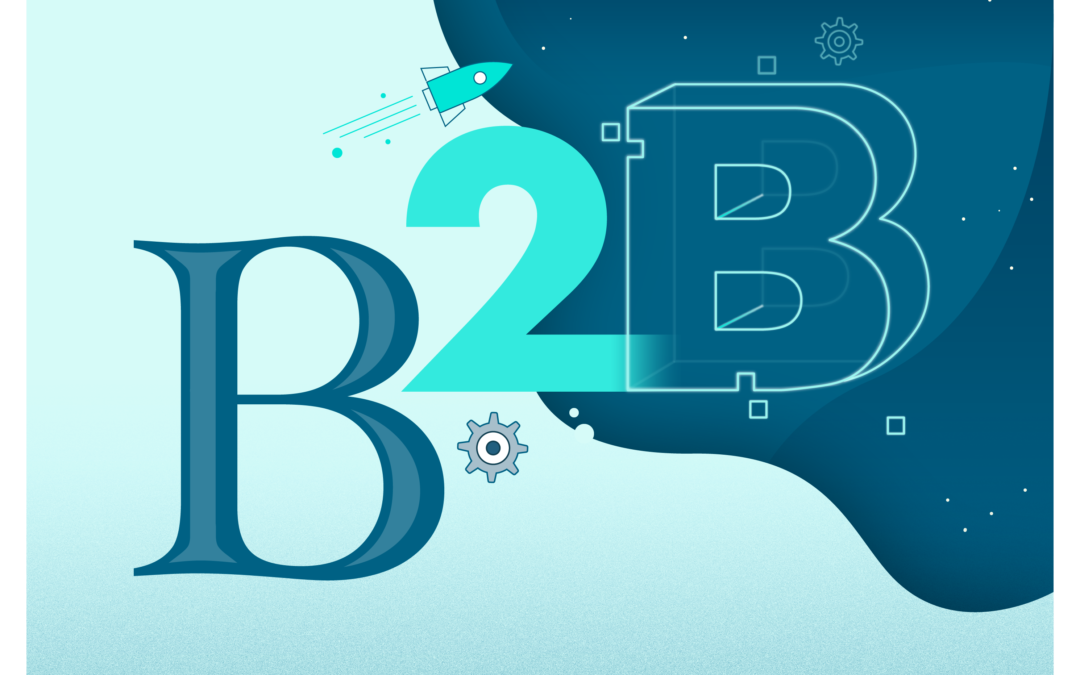
It Is Time to Rethink (and Redo) B2B Marketing and Sales
Many organizations are suffering from a fundamental misalignment between how they market and sell and how buyers buy or would prefer to buy. The underlying problem is that most B2B marketing and sales teams operate in a siloed, linear manner.
First, marketing engages prospective customers early in their purchase journey and qualifies their readiness for sales engagement through content nurturing. In practice, once those leads have been designated “marketing qualified leads”, individual sales reps and supporting pre-sales consultants take over, pursuing those leads and giving way to in-person or increasingly virtual interactions.
We do not oftentimes challenge this dynamic that, to some extent, ignores the fact that B2B buying has evolved to a far more digital-first, multi-channel buying behavior.
Multi-channel Buying in Practice
Today’s B2B buyers rely significantly on digital channels, information, and insights to enable progress through their entire buying journey. Particularly the supplier’s own website and the relevance and value of the information and insights presented there play a pivotal role. In fact, they play an equally important role as the supplier’s sales reps for the buyer to gather the information needed to complete critical buying tasks, such as problem identification, solution exploration, requirements formulation, and partner selection. This, in turn, has resulted in a shrinking window of direct interaction with prospects, and it is increasingly challenging many sales leaders and sales reps today.
Given these developments, why do we so often end up hiring more field sales reps as a response to pursuing our growth objectives instead of approaching this more holistically and enabling optimizing the whole buying journey through well-thought out multi-channel marketing AND sales. One of the most frequently heard arguments is that “our customers cannot buy complex solutions without sales rep and pre-sales consultant involvement”. To a certain degree, that is a valid point, but it does not mean that those customers would not prefer to do so if it were possible or more feasible. In addition, this kind of persistent thinking can result in a situation where a more digitally savvy competitor or disruptor finds the way to bridge the “interaction gap” between suppliers and customers.
What You Can Do, What You Should Do
Identify and accept the new buying reality.
Your primary job is to help your customers’ buyers and lower the threshold for buying. This is both an information challenge and a sales challenge – or an information opportunity and a sales opportunity. This is about providing your customers and prospects with the information and insights they most urgently need and seek through the channels they most clearly prefer. Given the fact that much of this information is available online, sales reps are no longer the channel to your customers. They are simply one of the many channels. Customers may seek sales rep and pre-sales consultant input early in the process to explore solutions and alternatives, but they may return to digital after this to further build their requirements, rendering the siloed, linear approach to marketing and sales almost irrelevant.
Identify your customers’ buying journeys and their most common buying tasks.
This is a key step to avoid traditional marketing and sales silos where almost everything is mapped to internal processes and based on an inside-out view. Instead, your insight into your customers’ buying journeys, complex solution purchases, and their most critical buying tasks help you build back from a careful mapping of these journeys.
Align your marketing and sales with how your customers buy or would prefer to buy.
We are seeing an increasing number of organizations establishing and reorganizing their legacy marketing, sales, and service organizations to specifically support each and every critical buying task from learning and discovery to purchase, adoption, and support. These moves also aim for consolidating otherwise duplicative efforts across traditional functional silos and realigning their legacy commercial operations and its related processes with the new, brave world of B2B buying.

